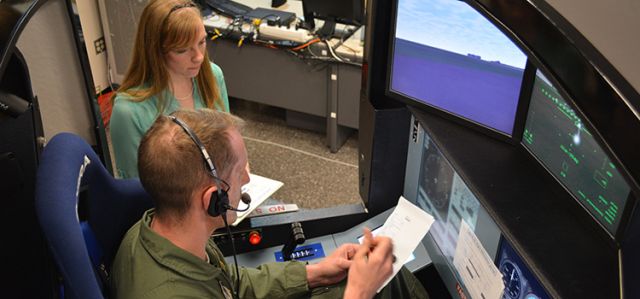Document Type
Article
Publication Date
1-2024
Publication Source
Sensors
Abstract
Task-specific training has been shown to be an effective neuromotor rehabilitation intervention, however, this repetitive approach is not always very engaging. Virtual reality (VR) systems are becoming increasingly popular in therapy due to their ability to encourage movement through customizable and immersive environments. Additionally, VR can allow for a standardization of tasks that is often lacking in upper extremity research. Here, 16 healthy participants performed upper extremity movement tasks synced to music, using a commercially available VR game known as Beat Saber. VR tasks were customized to characterize participants' joint angles with respect to each task's specified cardinal direction (inward, outward, upward, or downward) and relative task location (medial, lateral, high, and/or low). Movement levels were designed using three common therapeutic approaches: (1) one arm moving only (unilateral), (2) two arms moving in mirrored directions about the participant's midline (mirrored), or (3) two arms moving in opposing directions about the participant's midline (opposing). Movement was quantified using an XSens System, a wearable inertial measurement unit (IMU) technology. Results reveal a highly engaging and effective approach to quantifying movement strategies. Inward and outward (horizontal) tasks resulted in decreased wrist extension. Upward and downward (vertical) tasks resulted in increased shoulder flexion, wrist radial deviation, wrist ulnar deviation, and elbow flexion. Lastly, compared to opposing, mirrored, and unilateral movement levels often exaggerated joint angles. Virtual reality games, like Beat Saber, offer a repeatable and customizable upper extremity intervention that has the potential to increase motivation in therapeutic applications.
ISBN/ISSN
1424-8220
Document Version
Published Version
Publisher
MDPI
Volume
24
Issue
1
Peer Reviewed
yes
eCommons Citation
Barclay, Skyler A.; Klausing, Lanna N.; Hill, Tessa M.; Kinney, Allison L.; Reissman, Timothy; and Reissman, Megan E., "Characterization of Upper Extremity Kinematics Using Virtual Reality Movement Tasks and Wearable Imu Technology" (2024). Mechanical and Aerospace Engineering Faculty Publications. 250.
https://ecommons.udayton.edu/mee_fac_pub/250




Comments
This open-access article is provided for download in compliance with the publisher’s policy on self-archiving. To view the version of record, use the DOI: https://doi.org/10.3390/s24010233